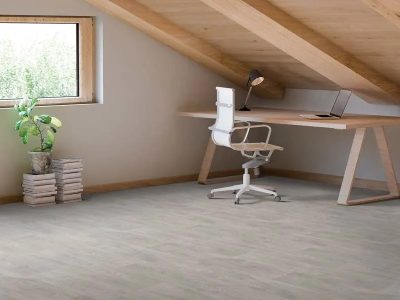Introduction
Terrazzo flooring, a composite material consisting of chips of marble, quartz, granite, or glass set in concrete or resin, has made a remarkable comeback in modern architecture. Once a popular choice in mid-century buildings, terrazzo fell out of favor for a while but is now experiencing a resurgence in the design world.
History of Terrazzo Flooring
Terrazzo flooring has been around for centuries, with its origins dating back to ancient Egypt. It gained popularity in the United States in the 1920s and became a staple in mid-century modern architecture. However, as trends shifted towards more minimalist and industrial designs, terrazzo fell out of fashion.

The Revival of Terrazzo
In recent years, terrazzo has made a strong comeback in the world of architecture and interior design. Designers and homeowners are rediscovering the beauty and versatility of terrazzo flooring, incorporating it into both residential and commercial spaces.
Modern terrazzo flooring comes in a wide range of colors and patterns, allowing for endless customization possibilities. Its durability, low maintenance, and timeless aesthetic make it a popular choice for contemporary spaces.
Benefits of Terrazzo Flooring
- Durable and long-lasting
- Easy to clean and maintain
- Customizable designs and colors
- Environmentally friendly option
- Creates a unique and sophisticated look
Usage in Modern Architecture
Terrazzo flooring is being used in a variety of modern architectural projects, from residential homes to commercial spaces and public buildings. Its versatility and aesthetic appeal make it a popular choice for flooring, countertops, and even wall cladding.
Architects and designers appreciate terrazzo for its ability to add texture, color, and visual interest to a space while maintaining a clean and sleek appearance. Its seamless installation and ability to be poured in place also make it a preferred choice for many projects.













Comments